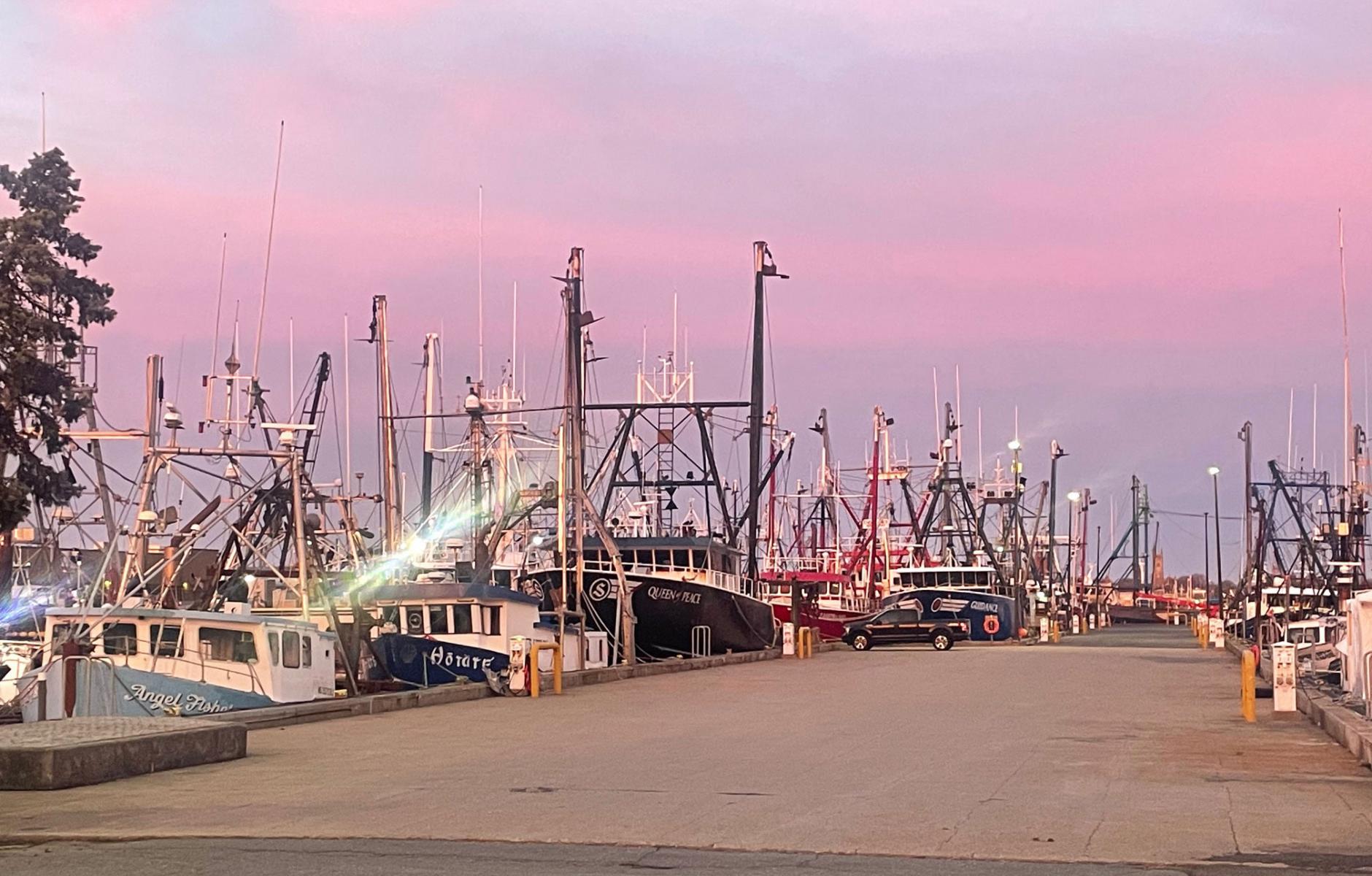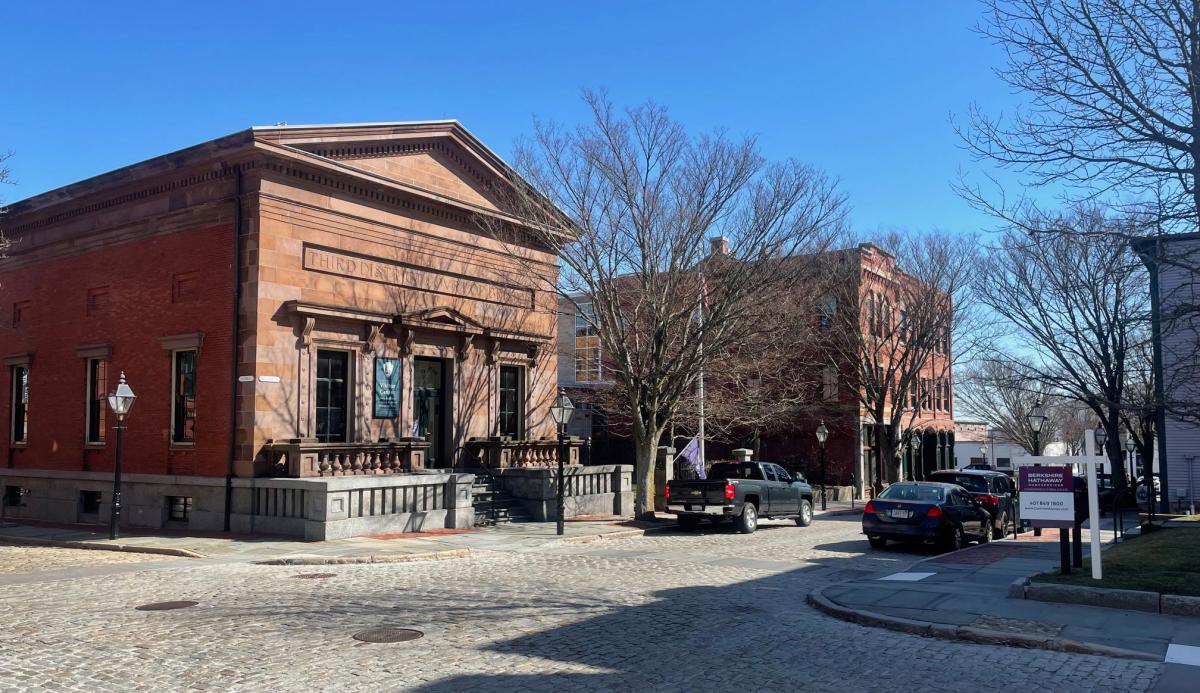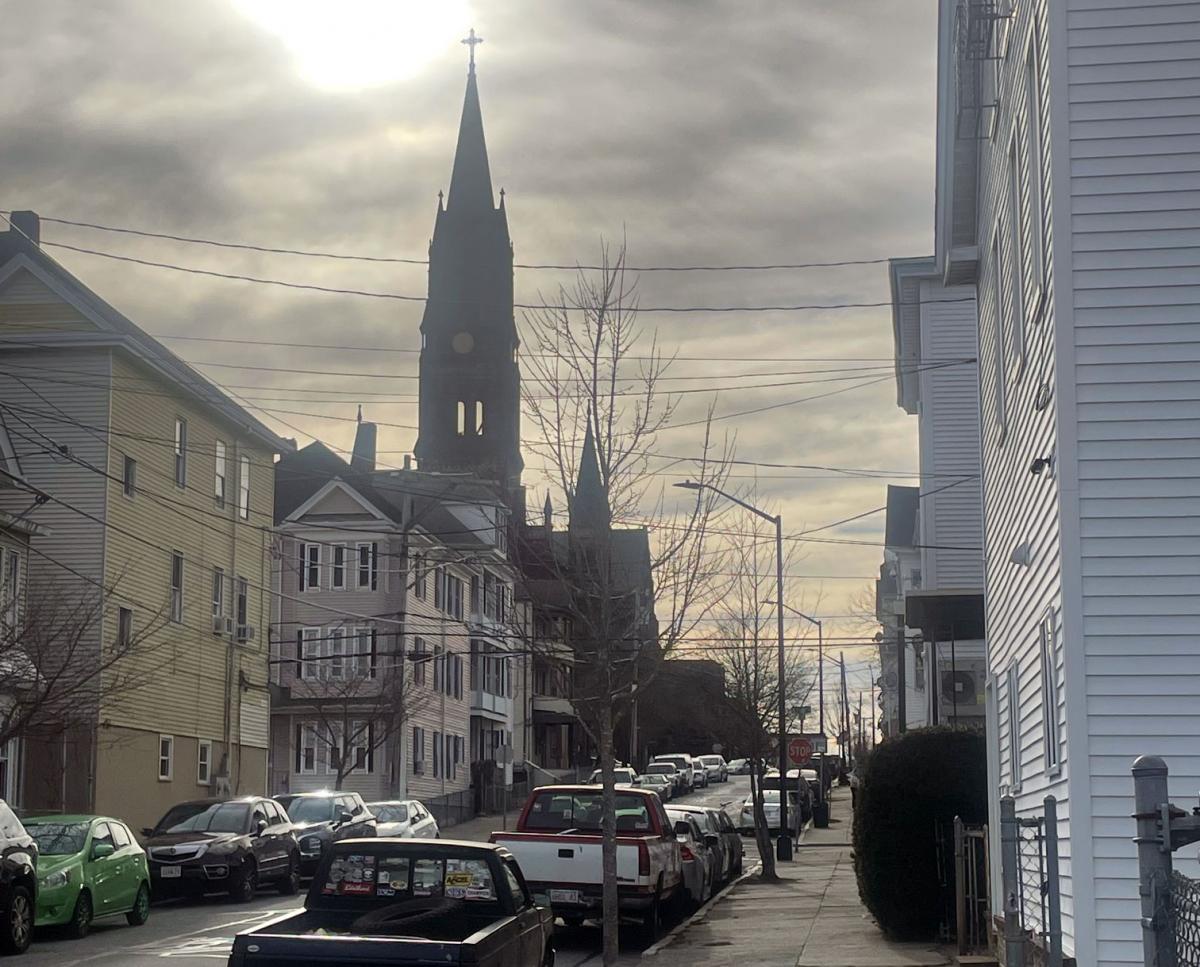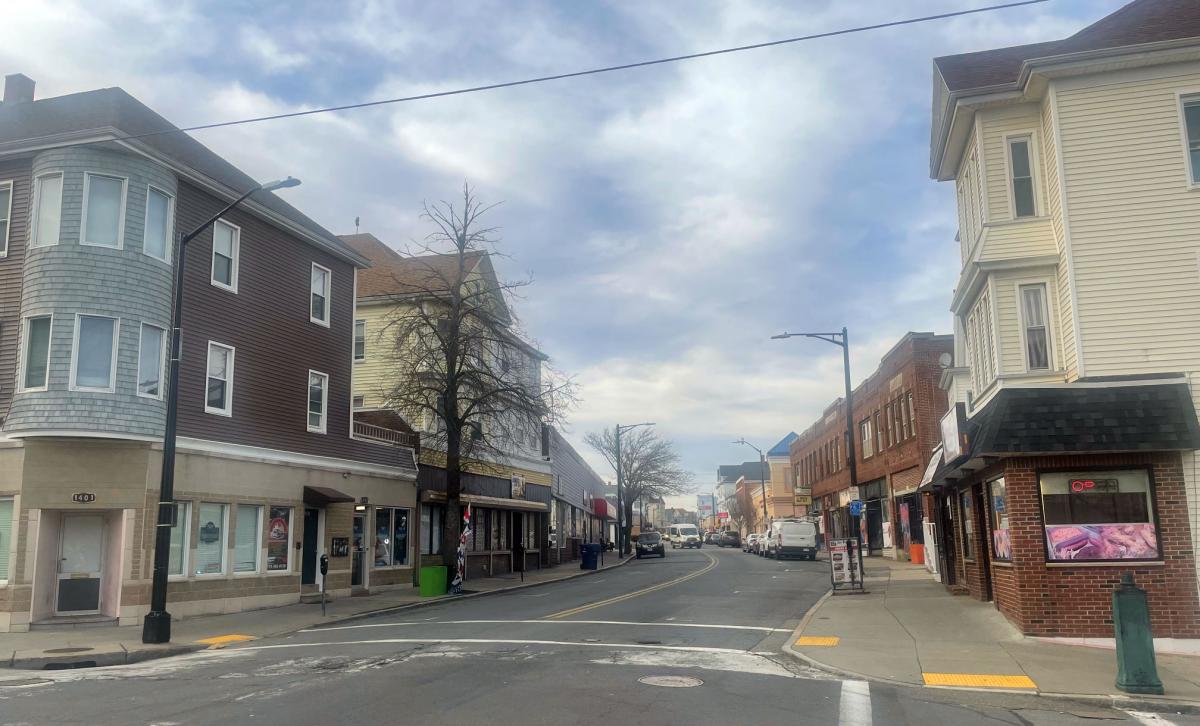
The potential of places like New Bedford
Like most coastal cities, New Bedford, Massachusetts, boasts an impressive display of boats in the downtown harbor, and waterfront restaurants thrive with a view of these vessels, docks, and the water beyond. The difference is that New Bedford’s are clearly working boats, not recreational craft like you see in most seaport harbors.
That is no wonder since New Bedford is the most valuable fishing port in the US, with $451 million in revenue (2019). Although the city has lost its textile and other industries, the fishing economy still employs up to 10,000 people. To have such a strong connection to the city’s original industry and natural resources in 2025 is unusual—it’s part of what makes New Bedford such an interesting place.
I was there for a Legacy Project ahead of CNU’s annual Congress, taking place in nearby Providence in June, and I came away impressed with New Bedford—and I think it says something about the potential of similar-sized cities throughout the US. New Bedford has approximately 100,000 people— for context, there are 674 US cities with 50,000 to 199,999 population. About 84 million people live in cities in that size range—a quarter of the nation’s total. That’s more than double the population in the top 30 US cities combined. People rarely talk about cities in that population class, but they are important.
Talking heads focus on cities like New York, San Francisco, and Boston because research says those places are the most productive economically. Each of the smaller cities is unique; what they have in common is that they are less assuming and more affordable. New Bedford is in Boston’s Combined Statistical Area (CSA). If you can’t afford Boston, you may choose Providence. If you can’t afford Providence, you can move to New Bedford. They are all within an hour’s drive. (Just this month MBTA opened up South Coast Rail commuter service from New Bedford to Boston, which takes about an hour and a half.)
From an investor’s point of view, the values of the major cities are already baked in. How much room is there to grow? New Bedford has plenty. The inhabitants are under less pressure to conform and join the rat race (earn well into six figures to pay for the high cost of living and keep up with the proverbial Joneses).

New Bedford has many assets. It was the whaling capital of the world in the 19th Century, the setting for Moby Dick, and it is probably the only US city where a substantial portion of downtown—a dozen blocks in a small urban core—is within a national park, the New Bedford Whaling National Historical Park. New Bedford is also on the coast, not just an estuary, and has some nice beaches. It benefits from a tourist economy and the aforementioned waterfront restaurants. Ferry service makes it a jumping-off point for wealthy folks headed to Nantucket and Martha’s Vineyard.
Many who come off the ferries eat at the Black Whale, where you can watch the working boats of the New Bedford harbor. Or, you can hang out at the enormous U-shaped bar. Every New England seaport town has at least one such establishment; it’s an industry that feeds off the boats and the port, and the Black Whale is efficient and well-run. On a Tuesday night in winter, the place was packed.
I had lunch the next day at a little storefront eatery specializing in smashed burgers on a central downtown street a few blocks inland. Although it might cater to tourists in tonier New England cities, the other customers here were teenagers playing foosball and young men dressed for working-class jobs. Just outside the door were three older men smoking. The group included diverse ethnic and racial backgrounds. Walking back through downtown, few people looked overly prosperous. On a 60-degree March day, the attire was jeans, sweatshirts, and baseball caps. A man preached the gospel on a corner with a sign: “Life is short, death is sure, sin the cause, Christ the cure.” In the National Park, buildings front cobblestone streets and meet strict sign ordinances and historical standards, including the best-looking tattoo parlor I’d ever seen.
Despite its historic New England charm, New Bedford has a working-class vibe. There’s little sense of gentrification in the neighborhoods. The housing is historic and tightly packed on narrow streets. It looked to be mostly from the 19th Century. In Newport (RI) or Mystic (CT), houses would have little plaques and well-maintained paint. In New Bedford, most houses are covered in dingy vinyl, but the urban form of the streets and neighborhoods is undiminished. The neighborhoods are well-connected and walkable, so you don’t need a car for every trip. It’s easy to walk in New Bedford, which has a positive effect on household expenses, safety, and health.

Like all US cities, New Bedford made some planning mistakes in the 20th Century. A freeway stub was built, Route 18, about a mile long, that cuts off historic neighborhoods from the waterfront. That section of the waterfront is industrial, but there are a lot of underutilized buildings and land that would be open to economic development, especially if the freeway were not there. South of the freeway, the high-speed road barrier continues with the JFK Memorial Highway, technically a surface street, but with few connections to the historic street grid. The JFK peters out onto a narrow neighborhood street—the kind that was bulldozed to build the two highways, which combine for 2.5 miles of waterfront obstruction. Including access ramps and other urban renewal, a tremendous amount of historic fabric was torn down in the middle of the 20th Century.
Public housing was built on part of that land, located a block from my hotel (also built on urban renewal land). The housing has a nice view of the water and harbor. Although this probably wasn’t planned, the view and connection to the water likely improve the health of the low-income residents, especially the elderly ones. A meta-analysis of studies shows that “access to green and blue spaces” reduces dementia risk.
Despite the highways and other urban fabric disruptions, New Bedford fared better than many other historic industrial cities. Its population has been down only 9 percent since 1950 and is near 1970s levels. New Bedford grew in the first two decades of the 2000s.

The Legacy Project focused on a neighborhood corridor about two miles north of downtown. Acushnet Avenue is not what it once was, the bustling center of a community where you could buy anything you need. As one resident observed, now you see “barber, restaurant, barber, restaurant, barber.” A bodega is nearby, but the windows are plastered with pictures of food rather than letting you see inside the shop and see actual goods and customers.
Residents said Acushnet Avenue needs more street trees, trash cans to contain litter, places to sit, lighting fixtures, and crosswalks. It mostly needs small changes to show that somebody cares today. A block away is the beautiful Riverside Park. The city is building a riverwalk, which could be extended, that will be a major amenity for the North End, which is populated by immigrants who speak Spanish and Portuguese in addition to English.
The neighborhoods of New Bedford, the downtown, and the waterfront are major assets. There are many opportunities for growth, economic and otherwise. I hope city planners envision a day when the unnecessary highways disappear. When economists meet to discuss America’s future, small-to-midsize cities should not be overlooked. Big cities are like whales. In New Bedford, the catch is scallops: more plentiful, bit-sized, and, in the aggregate, highly valuable.




